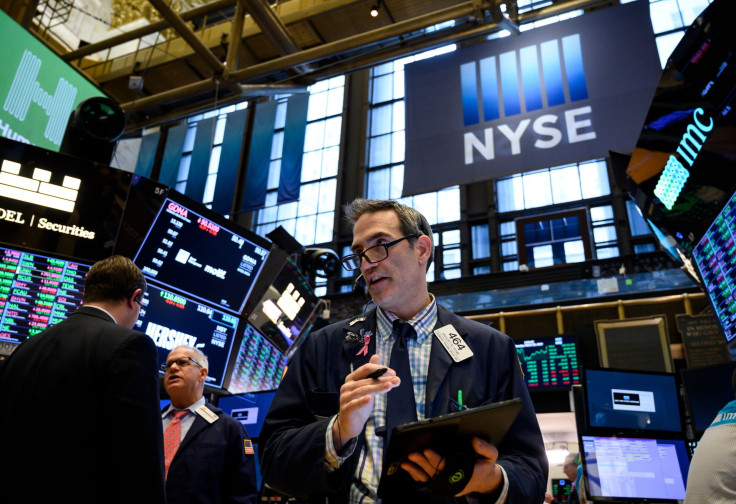Higher Open Expected For US Markets: Oil Up

Higher open likely for U.S markets Monday as the stock index futures jumped on Monday morning after the Trump administration decided not to push tariffs on Mexican imports after a deal.
At 6:56 a.m. ET, Dow futures showed the scope for a positive open of 124 points. Both the S&P and Nasdaq futures were also up.
President Donald Trump tweeted on Sunday that the proposed tariffs on Mexican imports will be suspended. He expressed the confidence that Mexico will crack down on unauthorized migration from Central America.
Meanwhile, at the China trade war front, investors are watching whether any headway will be made at the upcoming meeting between President Trump and China president during the G20 summit in Japan.
The U.S. Treasury Secretary Steven Mnuchin said further tariffs on China will depend on the outcome of Trump’s meeting with his Chinese counterpart.
On Monday, at the data front, the U.S. job openings report and consumer inflation outlook data will be coming at 10 a.m. ET. Thor Industries and Uxin will report earnings before the bell.
Asian markets up
Stocks in Asia jumped on Monday afternoon on the back of U.S. President Donald Trump’s decision to retract on tariffs upon Mexican goods.
Chinese stocks moved up. The Shanghai Composite added 0.98 percent. Hong Kong’s Hang Seng index surged 2.03 percent. Chinese trade data for May showed exports surpassed forecasts and imports were down, leaving an overall trade surplus of $41.65 billion.
Japan’s Nikkei 225 jumped 1.03 percent, while the Topix index added 1.19 percent. South Korea’s Kospi rose 0.92 percent.
European markets jumped Monday after U.S. President Donald Trump announced that he would not enforce tariffs on Mexican imports.
The pan-European index Stoxx 600 climbed 0.4 percent in early trade. President Trump’s Twitter post on Sunday said he has “full confidence” that Mexico will crack down on illegal migration from Central America. The two sides reached a deal to avert tariffs based on the actions Mexico agreed to take.
Oil price jumps
Oil prices were firm on Monday as anxiety prevailed over U.S.-China trade tensions and its effect on oil demand. Tighter crude supply and the U.S withdrawal of the Mexico trade tariffs supported prices.
Brent crude futures moved up 13 cents at $63.42 at 0850 GMT per barrel, above Friday’s close. The U.S. West Texas Intermediate (WTI) crude futures added 20 cents to hit $54.19 per barrel
Harry Tchilinguirian, at BNP Paribas, told Reuters that the U.S. and China accounted for around three-quarters of annual global oil demand growth in 2018.
“If Sino-U.S. relations do not improve, the spot price of oil, in our view, will remain depressed, ” he said.
Saudi Arabia’s Energy Minister Khalid al-Falih said except Russia all other OPEC members and allies are in favor of extending the production cut deal to support prices.
According to reports, Russia considers further production cuts will help the United States to wean away from its market share.
Gold falls
Gold prices fell one percent on Monday. The deal between the United States and Mexico to avert tariffs demolished the safe-haven demand enjoyed by the yellow metal.
Spot gold fell 1 percent at $1,327.32 per ounce as of 0725 GMT. On Friday, gold zoomed to the highest since April 19, 2018, at $1,348.08 an ounce.
The U.S. gold futures fell 1 percent to $1,332.10 an ounce.
“Talks between the U.S. and Mexico smoothened out already and the gold market lost its safe-haven appeal a little bit,” commented Ronald Leung, chief dealer at Hong Kong’s Lee Cheong Gold Dealers.
However, he said, prospects of a rate cut by U.S. Federal Reserve may turn positive for gold.
© Copyright IBTimes 2025. All rights reserved.





















